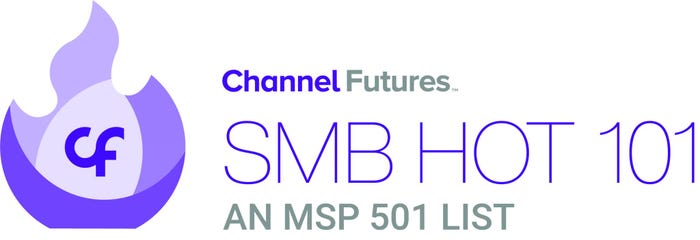2020 MSP 501 List Revealed: Welcome to a Whole New Era
It’s a new methodology, a new channel, and a new ranking list.
July 28, 2020

Systemic change is never easy, as is perfectly evidenced by the events of 2020. It takes courage, community and massive communication to enact real change. Luckily, we had all three when we decided to evolve the judgment criteria for the 2020 MSP 501.
While we enjoyed widespread support for this change, we also received our fair share of criticism and complaints. We don’t mind that over here at Channel Futures. In order to craft the best programs possible, we have to hear from people who are happy with what we’re doing — and just as much, we need to hear from those who aren’t. We had dozens of conversations during this year’s application period with partners unsure if they were on board with the new methodology.
Go here for access to the 2020 MSP 501, the world’s most comprehensive ranking of managed service providers. Also, be sure to check out our brand-new SMB Hot 101! |
We’ve written extensively about why we felt a change was needed. Essentially, we realized that judging solely on annual revenue will give you a great idea of who the biggest partners are, but not who the best in class shops are. So we talked to a giant roster of partners, vendors, distributors, analysts, consultants and media experts about what metrics they use to evaluate the health of a partner. We landed on the below metrics to arrive at an applicant’s score:
Annual revenue weighted by revenue stream: 50%
Profit margin: 25%
Percentage of annual revenue that’s recurring: 15%
Revenue per employee: 10%
In addition, we created two new lists this year. The NextGen 101 recognizes diversified partners with growing MSP practices and annual recurring revenues under 20% of total revenue. These partners offer managed services, but they’re also resellers, system integrators and shops that do project work. The 501 needs to be a list of businesses that primarily identify as MSPs, and these diversified shops deserve to be recognized for what they are in their own list. So any applicant that met the above criteria was automatically moved to this brand new list.
 We also feel that our SMB community, many of whom are figuring out how to evolve and grow their own MSP businesses, deserve recognition. The SMB Hot 101 recognizes these MSP 501 applicants in their own list.
We also feel that our SMB community, many of whom are figuring out how to evolve and grow their own MSP businesses, deserve recognition. The SMB Hot 101 recognizes these MSP 501 applicants in their own list.
All this to say that the 2020 MSP 501 is a whole new ballgame. The new methodology fixed many of the problems we saw with the 2019 list. It is overwhelmingly composed of managed service providers. The average annual revenue – which increased by about one-third between 2018 and 2019 because of all of the giant, non-MSPs that applied – is much more in line with the industry.
Most importantly, we saw a good deal of movement within the list. Many small shops with low annual revenues but sky-high profit margins, massive recurring revenues, large contractual managed services revenue streams, and high revenue per employee, soared in the rankings. Larger MSPs with big annual revenues but lower scores on the criteria that measure operational efficiency and best-in-class business models dropped. And many longtime 501ers moved to the NextGen 101.
We don’t expect everyone to be happy with or agree with our new approach, but we firmly believe it was time to evolve the MSP 501 judgment criteria so that it reflects the modern, mature channel. This list, we believe, accomplishes that goal.
To give applicants a sense of why they ranked where they did, we’ve broken down the major judgment criteria for each group of 50. If you’re wondering why you fell where you did, take a look at the numbers below and see how you stack up. If you want a copy of your application to double-check the numbers you submitted, email [email protected], and we’ll pull it for you.
You can access the full 2020 MSP 501 and SMB Hot 101 rankings now. Congratulations to everyone who can say they’re a #501er this year!
Full 501 List |
Average |
Rank 1 through 50 |
Average |
Rank 51 through 100 |
Average |
Rank 101 through 150 |
Average |
Rank 151 through 200 |
Average |
Rank 201 through 250 |
Average |
Rank 251 through 300 |
Average |
Rank 301 through 350 |
Average |
Rank 351 through 400 |
Average |
Rank 401 through 450 |
Average |
Rank 451 through 501 |
Average |
SMB Hot 101 Rank 1 – 50 |
Average |
SMB Hot 101 Rank 51 – 101 |
Average |
About the Author(s)
You May Also Like


